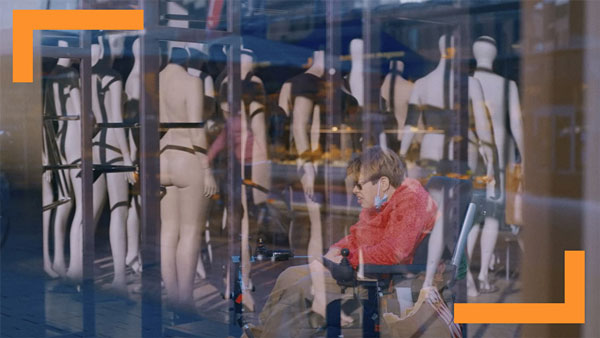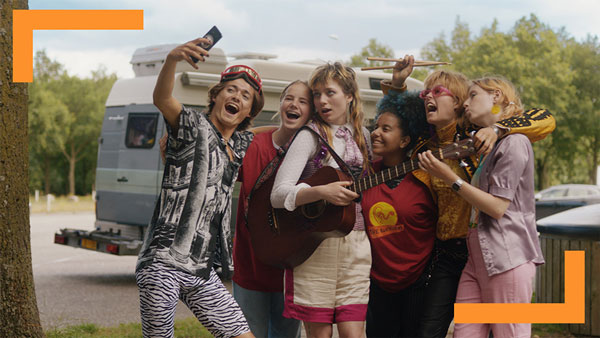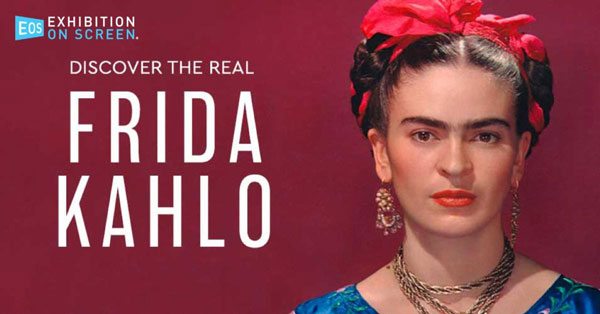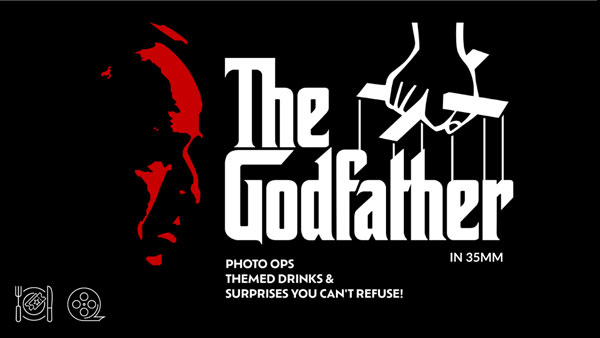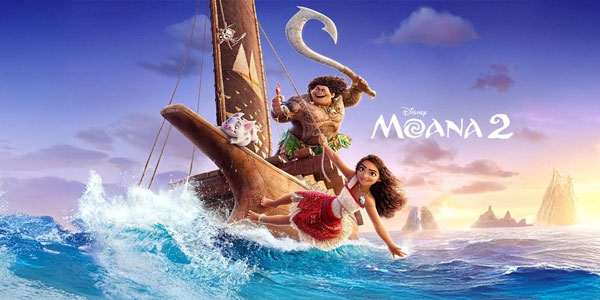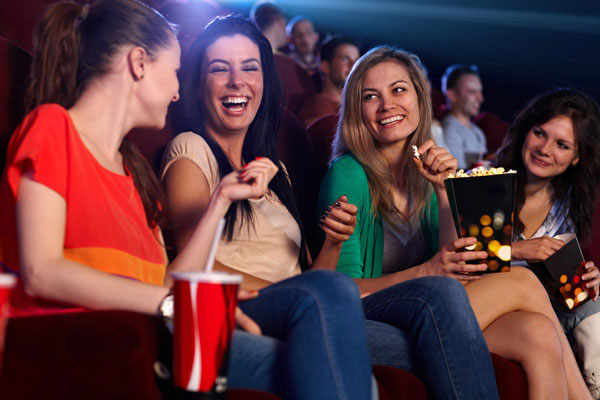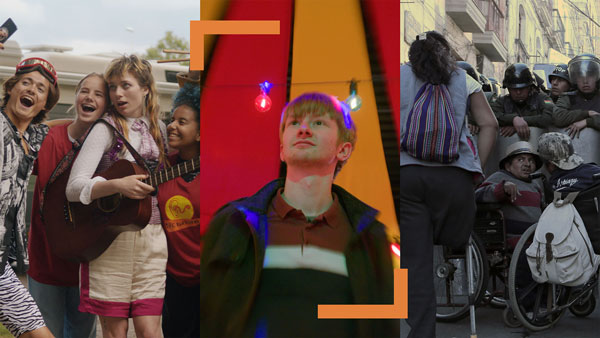By Al Nigrin
originally published: 02/17/2019
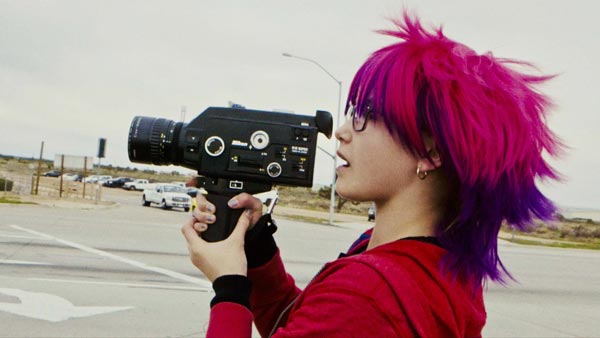
Still from The Summerlands
United States Super 8 Film + DV Festival Celebrates 31st Anniversary!
Super 8mm film was introduced in 1965 by Eastman Kodak at the World’s Fair in New York to help the average person document their everyday lives. Super 8mm was most widely used for filming home movies between the mid 1960s till the early 1990s. Today amateur usage of Super 8mm has been replaced by digital video but the format is still regularly used by filmmakers, artists and students. Some hope to imitate the look of old home movies. Others want to create alternative looks for flashback sequences and altered states of consciousness. Some just like the idea of creating images in the classic style of using actual film. Super 8mm is a relatively inexpensive film, making it popular among filmmakers working on a low budget who still want to achieve the look of real film. Super 8mm has become quite common in theatrical features. J.J. Abrams 2011 film Super 8 pays homage to the little film format. Guy Maddin’s surreal 2006 film Brand Upon The Brain and Jim Jarmusch’s 1997 film Year of the Horse -- a documentary on Neil Young’s band Crazy Horse -- use it too.
I fell in love with Super 8mm when I started making films in 1982. I liked the fact that you were pretty much in control of every aspect of the filmmaking process. I could even develop the film myself. So it was the DIY aspect of Super 8mm that first lured me in but it was the grainy, oneiric (dreamlike) quality of the film stocks that sold me on this format. I have since made over 30 short (mostly experimental) films using Super 8mm. I started touring my work and showing it all over and then met two of the biggest Super 8mm film supporters in the USA. They are the husband and wife team of Bob Brodsky and Toni Treadway. They founded and ran the International Center for 8mm Film and Video in Massachusetts for over 30 years. Through their non-profit organization they subsidized many Super 8 filmmaker by sending them to film festivals in the USA, England, France, Venezuela, Brazil, Canada, and others. It was thanks to them that I got to visit so many wonderful festivals and countries. The largest United States-based Super 8mm Film Festival in the 1970s and 1980s was the one in Ann Arbor, Michigan. Bob and Toni sent me there to show a package of experimental films that I had curated in 1986 but by 1988 the people who ran this legendary festival decided they were going to cease operations. So Bob and Toni suggested that I create one at Rutgers since I had set up the Rutgers Film Co-op/New Jersey Film Festival back in 1982. So I did and called it the United States Super 8mm Film Festival. The first of these back in 1988 was a curated program where I invited Super 8 filmmakers that I admired to screen their work but the 30 that followed were juried festivals where a panel of judges picked the winners. The Festival has changed over the last 3 decades going from screening Super 8mm films exclusively to then including Hi 8mm videos and now digital videos. So I thought it would be nice to ask some of the filmmakers who are finalists in the 2019 United States Super 8mm Film and DV Festival to talk about Super 8 and the films they are showing at this year's program. The filmmakers that I spoke to are: Gabriel Bullen, Director of Monolith who is from Yellowknife, Northwest Territories, Canada; Stephen Gilliam, Director of Meat Sack who is from Grovetown, Georgia; Croix Provence, Director of The Care & Keeping Of Your Woman who is from Van Nuys, California; Kathryn L Bucher, Director ofThe Summerlands who is from Woodland Hills, California; Will Berry, Director of Nashedonia who is from Nashville, Tennessee; Michael Mahaffie, Director of 605 Adults 304 Children who is from Campbell, California; and Kenta Ikeda, Director of The Devil at 3 PM who is from Tokyo, Japan.
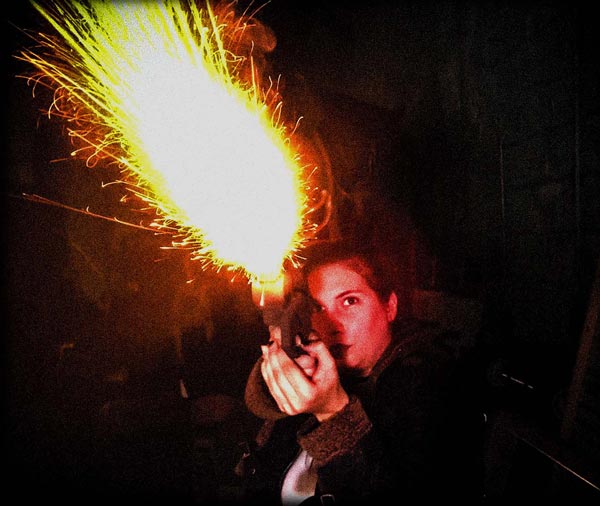
Still from Meat Sack
Nigrin: Tell us about your film that is a finalist in the 2019 United States Super 8mm Film & Digital Video Festival and why you decided to make it.
Bullen: I first encountered Richard Serra's sculptures in Qatar, where he was exhibiting at the time. As a student artist I found the work compelling and spent many hours sketching these large scale steel pieces. Those charcoal drawings were preliminary studies for what would later become a short film, after I discovered Serra's 2014 installation, EAST-WEST/WEST-EAST. Over the next couple of years, I visited this sculpture west of Doha many times before deciding to make a Super 8mm film about it in 2018. The title of my film, Monolith, refers to the alien artifacts featured in Stanley Kubrick's film 2001: A Space Odyssey, which he made in 1968. Serra's four colossal plates, which align with sunrise and sunset in Zekreet desert, look both strangely out of place and yet also quite natural in this otherworldly landscape.
Gilliam: Meat Sack is a short horror film that really was a test to see if the Super 8 camera I bought of off eBay worked. I'd never filmed with Super 8 before and figured if I was going to test the camera I might as well shoot a little story. So I wrote the short that is Meat Sackand filmed it with my friends at my studio with props and costumes we had there.
Provence: The Care & Keeping Of Your Woman is a satire addressing sexual violence, set in the style of a 1950's dog training video. I kept seeing new #MeToo stories popping up, and I remember sitting in disbelief thinking "What training video are these people watching that tells them this is how to treat women?" Then, the idea slammed into me to make that training video.
Bucher: The Summerlands has been gestating in my head for a long time. There were a couple of scenes that were the germinating elements combined with the desire to make a film about the tiny town in California that my dad’s side of the family has been in since the 1860’s. I spent the halcyon days of my childhood summers there but knew little about it. In recent years I became obsessed with researching the area and the wild, ruined landscape of Eastern California that you travel through to reach this remote town. The history of the area and my family became the structural backbone for the film that leads the characters on their journey from Los Angeles to the tiny town of Fort Bidwell.
Berry: Nashedonia is an amalgamation of three things: 1) I wanted to shoot on film (especially Super 8). 2) I wanted a character who spoke Esperanto (a human-constructed language with no native speakers). 3) I have friends who tolerate my oddball ideas.
Mahaffie: 605 Adults 304 Children is a short documentary filmed entirely by The Peoples Temple in Jonestown. In the 1970’s, a religious group of people followed their leader to Guyana. They built a new community full of life and love. It seemed like a utopia that no one wanted to leave. 605 Adults and 304 Children never did.I decided to make 605 Adults 304 Childrenbecause I wanted a viewer to experience the story of Jonestown in a way that they have not before. It was a version of the story that I always wanted to see. I wanted to strip away all context and narration to provide the viewer with an intimate and immersive experience through their eyes. I hope it puts the viewer in a chilled stupor by the end but also fills them with empathy and maybe see them in a new light.
Ikeda: This film is about a woman who works part-time in a big city, Tokyo, and her life is smothered by the tedium of daily life. By chance, she gets dragged into a world that is full of strangers and strange things where she can't even tell if what she sees is real or not. I feel that if you live in a big city like Tokyo, although you have access to so many things, gradually you start to live in a certain pattern; the same bedroom, the same coffee in the morning, the same people... but at the same time, there are so many strangers living in a completely different world right next to you. I thought the contrast was quite interesting. And also, usually Tokyo is a noisy city with so many people, but during a daytime, literary around 3pm, there are moments where it gets very quiet. I'm not sure if that's because the construction workers are having tea or maybe because it's after school kids go home but I've always thought that time of the day was somehow mysterious. It makes me feel as if it's an air pocket in our world as if the devil tricks us and we get lost in there, then we are never sure if we can be back in our world again. These are the sources of inspiration I had to make this film.
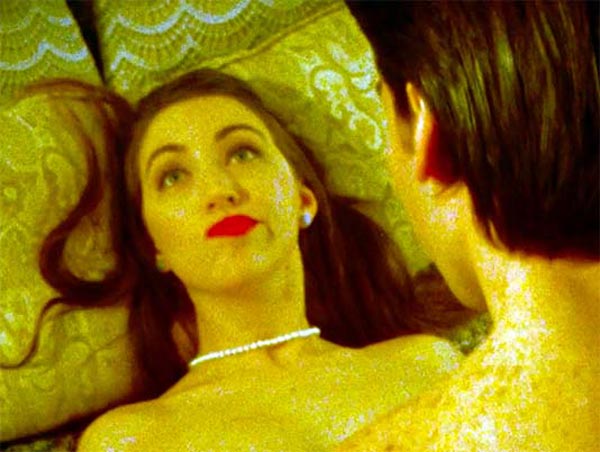
Still from The Care & Keeping Of Your Woman
Nigrin: Why did you shoot your latest project in Super 8mm film?
Bullen: I shot the film on Super 8mm because of a growing fascination with analogue process, and an appreciation of the authenticity offered by film. It just felt more real to me. It was my first Super 8mm film, shot on a Canon 514XL which I had just sourced from the UK a few weeks prior to the shoot. Film felt like an analogous medium to describe an installation that will gradually decay in the desert (the steel will rust, people will graffiti their names on the pieces), and so too will film degrade.
Gilliam: I used Super 8 simply because I'd never shot with it before and have always wanted to. I love the way it looks and feels and the magic of filming something that you're not quite sure how it'll turn out.
Provence: I originally was entering a contest that required the use of a Super 8mm camera, but when this concept locked into my mind it quickly became the only acceptable medium. It felt reminiscent of the times.
Bucher: I have been making Super 8 films for about 25 years now. Those early films I optically printed myself up to 16mm to finish and make answer prints for festivals. It is a format that I love and so I knew I wanted to use it in this film. It seemed organic to have the main character Deeds shoot her school project on Super 8 as a way to separate her film and its outtakes from the surrounding narrative that was shot on digital. I felt like it also said a lot about the nature of her character- that she wanted to make her project on this, some would say, archaic format! It was a good fit with this historic remnants that she was obsessed with.
Berry: I wanted to test myself as a filmmaker. When shooting on film, time and footage on set are limited, so teamwork becomes key. Working on this project challenged our crew and cast to take pre-production to a new level, so we were over-prepared before the camera rolled.
Mahaffie: I did not shoot the film, The Peoples Temple did and unfortunately they are not around to answer that question. However, it was the 70's and 8mm was readily available. I just took their film reels and cut it together.
Ikeda: I thought shooting this movie on Super 8mm gave some interesting effects to the story of my film.
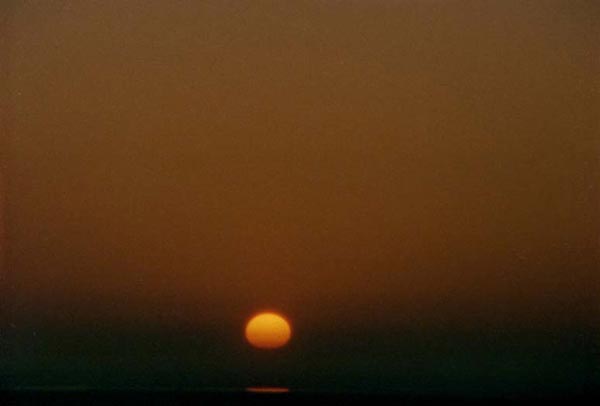
Still from Monolith
2019 United States Super 8 Film & Digital Video Festival
View the winning films and digital videos of the International U.S. Super 8 Film & Digital Video Festival, selected by a jury of filmmakers, Rutgers University students, and media professionals. The festival--now in its 31st year—will feature finalist works by independent filmmakers from the United States and around the world. Prize winners will be announced after the screening, in a competition for prizes, along with the Audience Favorite Prize. Approx. 120 min.
Friday + Saturday, February 22+23, 2019 at 7:00 PM
in Voorhees Hall #105/Rutgers University, 71 Hamilton Street, New Brunswick, New Jersey
* $12=General; $10=Students+Seniors; $9=Rutgers Film Co-op Friends * Information: (848) 932-8482; www.njfilmfest.com
Al Nigrin is a Cinema Studies Lecturer at Rutgers University. In addition, he is the Executive Director/Curator of the Rutgers Film Co-op/New Jersey Media Arts Center, Inc., which presents the Bi-Annual New Jersey Film Festival and the United States Super 8mm Film + Digital Video Festival.
Albert Gabriel Nigrin is an award-winning experimental media artist whose work has been screened throughout the world. He is also a Cinema Studies Lecturer at Rutgers University, and the Executive Director/Curator of the Rutgers Film Co-op/New Jersey Media Arts Center, Inc.
FEATURED EVENTS
To narrow results by date range, categories,
or region of New Jersey
click here for our advanced search.
EVENT PREVIEWS






